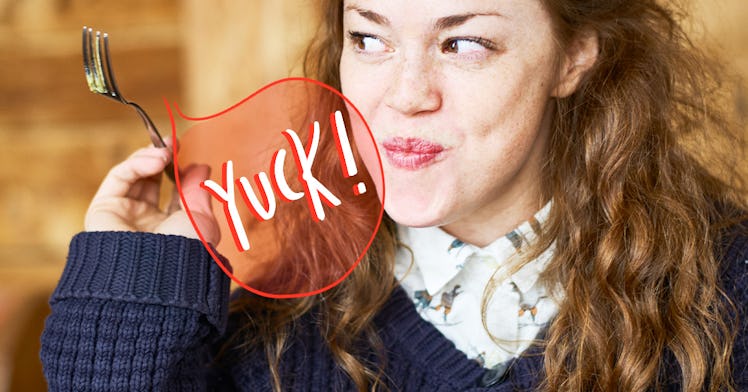Is Eating Placenta a Good Idea? Probably Not. Here’s Why.
Placenta pills likely transmitted a bacteria infection to a newborn.

In September 2016, a baby born in Oregon narrowly escaped death not once, but twice. The first near-miss was due to Group B Strep, a bacterial infection that affects 1,000 newborns in the United States each year and kills about 50 of them. After exhibiting symptoms, the baby was rushed to the neonatal intensive care unit, cured, and discharged from the hospital. Then, five days later, the infection returned. The culprit: placenta encapsulation. The mother’s placenta pills were tainted by the same bacteria.
“Three days after the infant’s birth, the mother had received the dehydrated, encapsulated placenta and began ingesting two capsules three times daily,” according to a recent case report from the Centers for Disease Control and Prevention. “The physician instructed the mother to stop consuming the capsules. A sample of the capsules was cultured, yielding… GBS.”
The reason that GBS wound up in a pill is that the placenta is essentially an organ that serves to filter out toxins and often collects them. Besides bacteria, human placentas are often ladened with mercury and lead. And there are no laws regulating the placenta encapsulation industry, so there are no safety standard or screening for potentially harmful contaminants. The mother in Oregon was surely trying to do the right thing, but she took a poorly calculated risk. As the CDC succinctly states, “placenta capsule ingestion should be avoided.”
The placenta holds a certain mystique for many new mothers—such mystique that some even refuse to detach it from their babies, even though it’s nothing more than dead, decomposing tissue. For those who do make the snip, however, the placenta can go on to take many different shapes and life forms. A handful of mothers turn them into works of art of questionable aesthetic value. Others donate them to science. And some eat them. Many do in fact. Kim Kardashian made a whole media push around placenta encapsulation.
There are several ways to prepare a placenta, whether for date night or for a snack on the go. You can eat it raw (mouse-style) or cook it. But the most common is in the form of placenta pills, which are processed into capsules by one of several companies flourishing within the burgeoning placental encapsulation industry. Kourtney Kardashian — yup, they’re all doing it — famously describes them as “yummy”.
A recent study that attempts to answer why anyone would want to do this found that most women who engage in placentophagy (SAT word?) immediately after birth do so in the mistaken belief that it prevents postpartum depression, a very real and serious problem. Other moms save the pills for later, because they believe (again, mistakenly) that placenta juice can make them look younger or help tamp down the hormones that’ll kick in during menopause. Nonetheless, study after study and literature review after literature review have failed to find any evidence of medical benefit of placenta encapsulation. CDC puts it gently when it says that “scientific evidence to support this is lacking.”
In other words, there is no reason that mothers should be eating their afterbirth and plenty of reasons they shouldn’t be. That said, a medical near-miss is unlikely to put an end to a trend that has been around for hundreds of years.
This article was originally published on